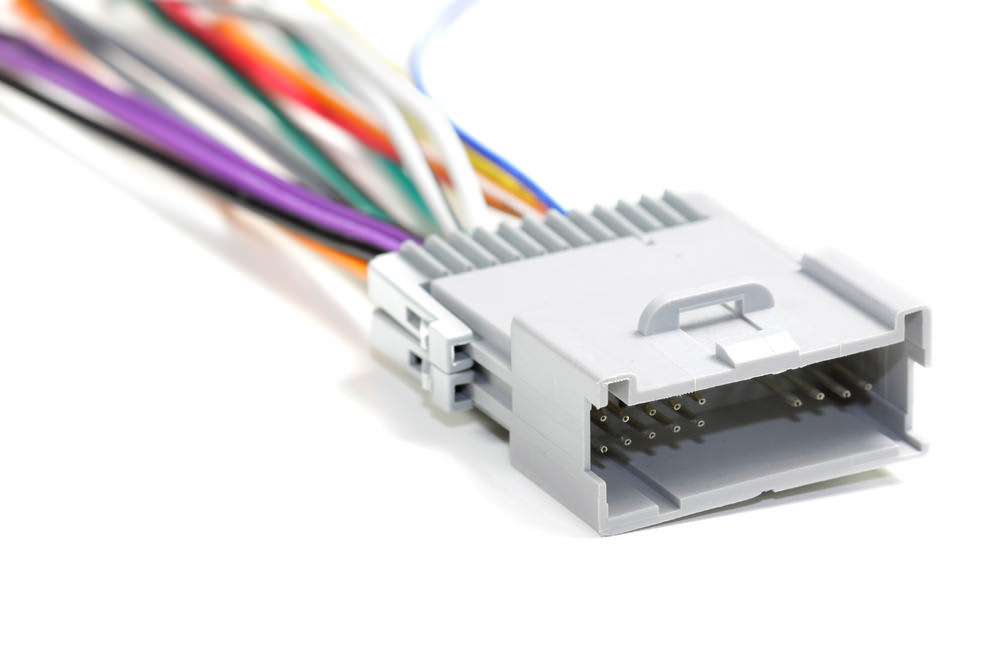

Most cars today (anything manufactured after 1996, actually) have an onboard computer that stores trouble codes when something goes wrong with a major component in the engine, transmission or emissions system. By connecting a code reader/scanner to the OBD II connection under your dash, a mechanic can “pull the code” and determine what’s going on with the car. Can you do the same thing?
The actual situation
First, understand that, yes, your home code reader/scanner will most likely let you pull the trouble code (in most instances). However, that’s about all you can do, other than clearing the code and resetting the computer to see if the problem happens again.
If you really want to fix your car, you’ll need to know what that trouble code means. While you can use the Internet for some research, there are thousands of possible codes, and many of them are pretty general. They don’t tell a mechanic exactly what’s wrong and what to do about it. It’s a diagnostic tool, not a cure all.
Add to this the fact that all automakers have proprietary codes that can’t be read with a generic scan tool. These can only be pulled and read at an authorized dealership (even parts stores and lube shops that offer free code pulling won’t be able to tell you what these are).
Can you fix your car with a home code reader/scanner?
It’s possible, but you’d need to have some mechanic experience yourself, and access to a database of pretty specific information, as well as possibly access to manuals specific to your vehicle.
For most people, a home code reader is only used to clear the Check Engine Light to see if it comes back. If it does, they take it to a shop. It might be better to skip this purchase and focus on fixing the problem with your car.



